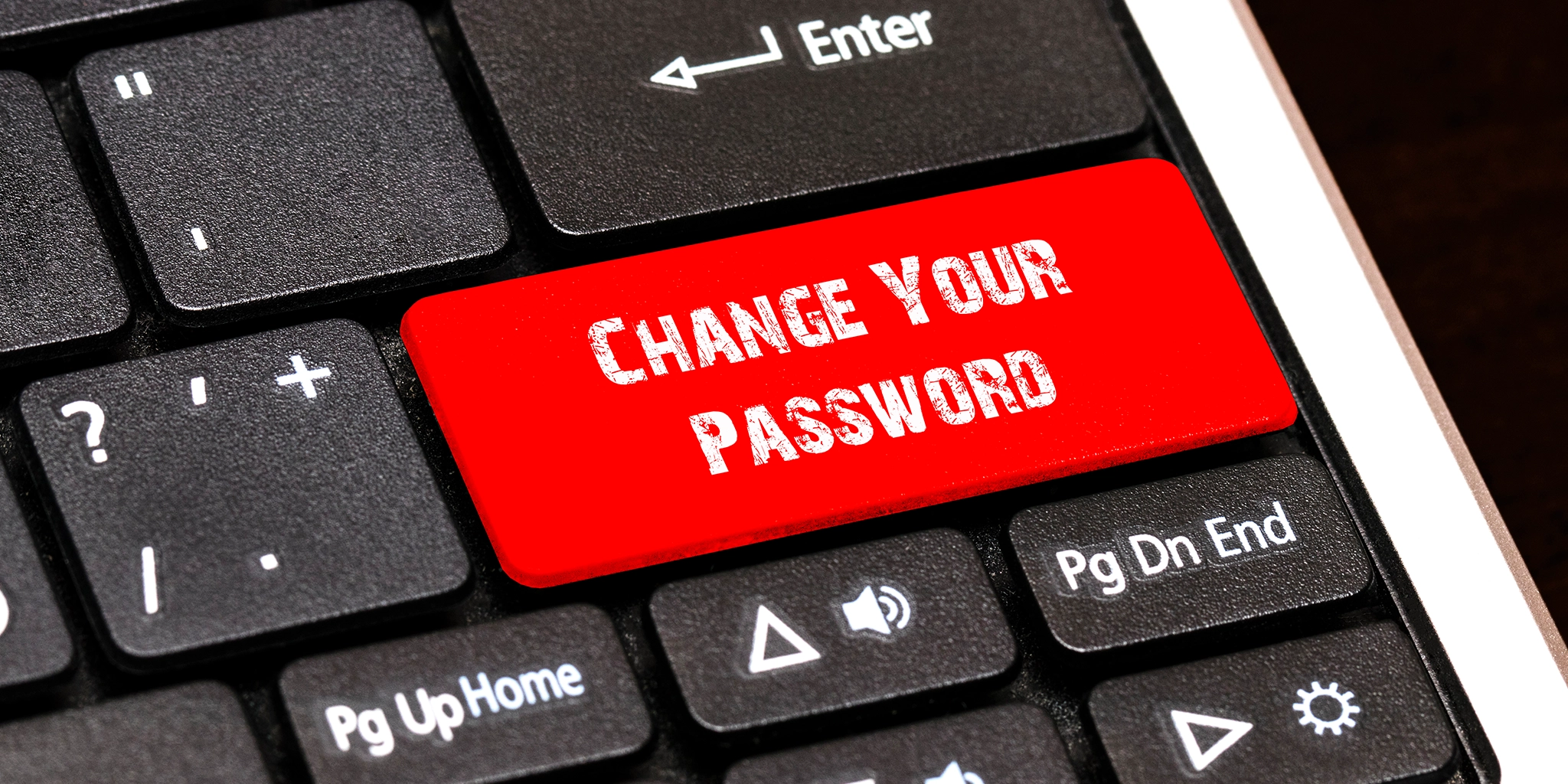It sounds like the setup for a joke: a world-famous institution, home to priceless works of art and visited by millions, secures its video surveillance system with a password that is simply… its own name.
Recent news that the Louvre’s surveillance password was “louvre” is a striking, real-world example of a security failing that is almost unbelievable in its simplicity. Whilst it might be easy to dismiss this as a one-off blunder, it highlights a critical vulnerability that is alarmingly common in organisations of all sizes.
This single, simple mistake provides a powerful lesson for every business.
Why Do Weak Passwords Happen?
In a busy organisational environment, it is tempting to take shortcuts. A password like “louvre”, “admin”, “password123”, or “[YourCompanyName]” is often set up “temporarily” during installation, with the full intention of changing it later.
However, “later” often never comes.
This oversight is not just a minor lapse; it is an open invitation for malicious actors. Attackers do not only use sophisticated methods; they also try the most obvious ones first. Guessable, default, and simple passwords are a primary target.
The True Risk of a “Simple” Mistake
A weak password is not an isolated problem. It is a digital key left under the doormat. For a business, the consequences can be significant:
- Unauthorised Access: The most direct risk. In this case, it was access to surveillance footage, but in your business, it could be client databases, financial records, or intellectual property.
- A Gateway to Your Network: A compromised system, even a seemingly low-risk one, can provide an attacker with a foothold. From there, they can often move deeper into your wider network, escalating a minor breach into a catastrophic one.
- Reputational Damage: The public discovery of such a basic security flaw can severely damage trust with clients, partners, and the public.
- Operational Disruption: If an attacker gains access, they could disrupt systems, delete data, or install ransomware, potentially halting your operations.
How to Build a Stronger Defence
The good news is that protecting your organisation from these basic threats is achievable. It involves moving beyond simple passwords and fostering a culture of security.
Here are several key measures to consider:
- Enforce Strong Password Policies A “strong” password is not just one you can remember. Your policy should mandate:
- Length: A minimum of 12-15 characters.
- Complexity: A mix of upper-case letters, lower-case letters, numbers, and symbols.
- Uniqueness: Passwords must not be reused across different accounts or systems.
- Avoid the Obvious: Prohibit the use of company names, personal details (like birthdays), or common dictionary words.
- Implement Multi-Factor Authentication (MFA) This is one of the most effective security measures you can apply. MFA requires a user to provide two or more verification factors to gain access. Even if an attacker guesses your password, they are stopped by this second layer—which is typically a code sent to a mobile device or generated by an app.
- Use a Password Manager Expecting employees to remember dozens of complex, unique passwords is unrealistic. A password manager is a secure tool that generates and stores these passwords. This allows your team to use highly secure passwords for every service, needing only to remember one master password for the manager itself.
- Conduct Regular Security Audits You cannot protect what you do not know about. Regular audits, including penetration testing, can help identify weaknesses like default passwords, unpatched software, and misconfigured systems. This allows you to find and fix your “Louvre” passwords before an attacker does.
Do Not Let a Simple Oversight Be Your Downfall
The Louvre incident is a valuable, if embarrassing, reminder that cybersecurity is a continuous process. It is about building layers of defence where even the most basic elements, like passwords, are treated with the seriousness they deserve.
Navigating the complexities of cybersecurity compliance and implementing robust protections can be challenging. If you are concerned about your current security posture or wish to ensure your organisation is not relying on “Louvre” passwords, contact the expert team at Vertex.

